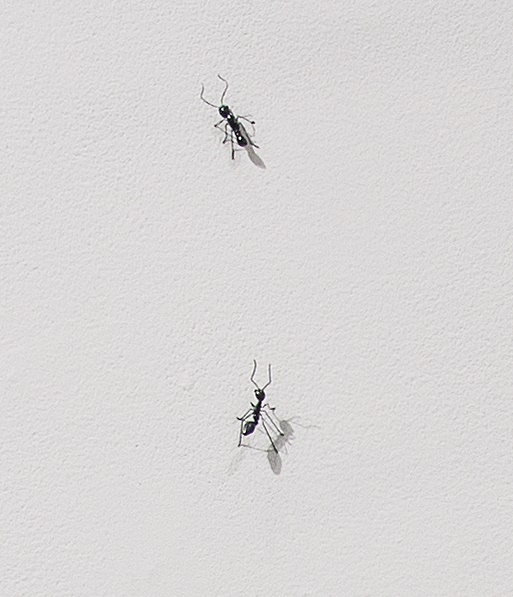Ants
Read More
Ants are creatures of discipline. Their existence is played out within extremely complex and rigid social colonies. As scavengers they are often used in Western artistic tradition to represent decay and destruction. Wingless, yet constantly on the move, they also embody displacement and migration.
Ants appear in paintings by Salvador Dalí, who used them to discuss death, decadence, and the ephemeral. In his 1929 film collaboration with Luis Buñuel, titled Un Chien Andalou [An Andalusian Dog], their iconic restlessness served to intensify a sense of anxiety and shame in a scene conceived by Dalí in a dream. Abid also taps into these Surrealist approaches, such as hyper-realism and the portrayal of familiar, seemingly innocuous objects, to bring symbolism and a sense of the uncanny into her work. The recurring role of ants in her visual lexicon allows her to shed light on issues plaguing women’s existence—restricted lateral mobility, intractable social constraints, and domestic violence, among others—and o ers a launch point for di cult discussions that generally do not take place in open society.
Abid painstakingly shapes each of these ants by hand to display the individuality of her character within a massive societal network. Whether scanning the walls of a home abandoned to conflict, collecting nutrients on the surface of a blood-spattered breast pump, or marching through the scene of a massacre, these creatures, females themselves and programmed for survival, never capitulate or alter their course.
